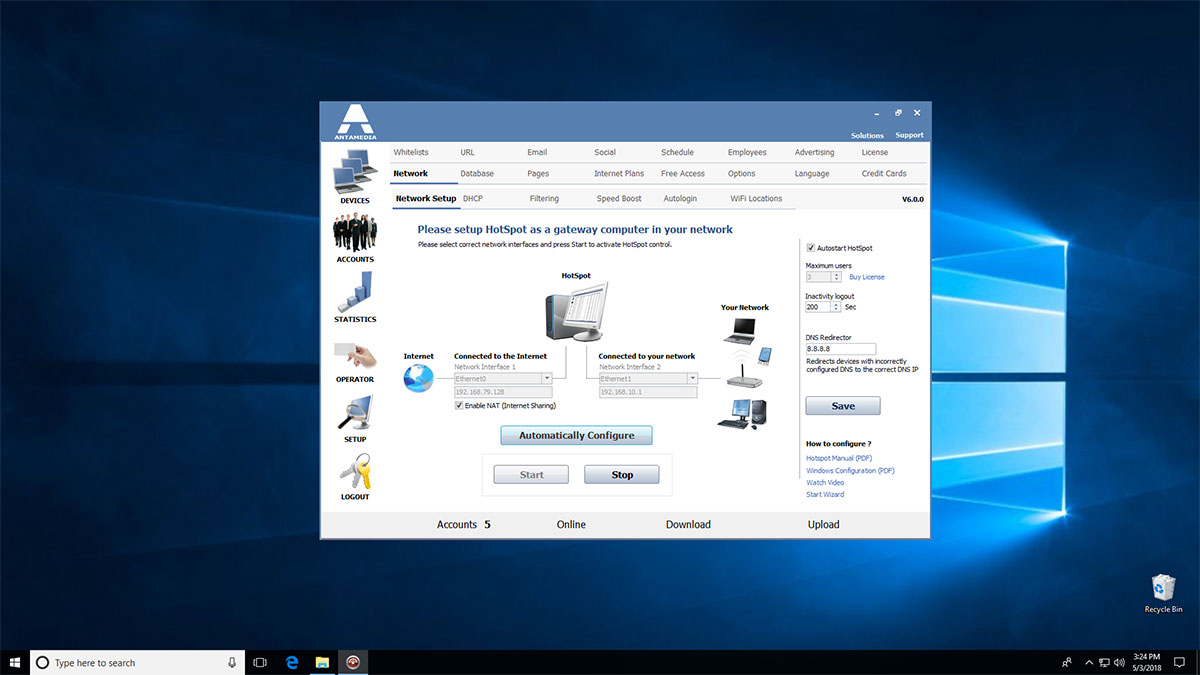

- Ztreewin compare mac os x#
- Ztreewin compare mac os#
- Ztreewin compare free#
- Ztreewin compare mac#
- Ztreewin compare windows#
Nested folders were no longer an illusion, but rather a reflection of the data organization on the disk. Finder 5.xĪpple replaced the MFS with the HFS ( Hierarchical File System) in September 1985, as part of Finder 5.0 which was introduced along with the Mac's first hard drive, the Hard Disk 20. Finder 4.x would support System 1.x through 2.0 only. MiniFinder was intended to streamline this process.

As this was a single-tasking OS, "switching between applications" meant copying data from the first application to the clipboard, then exiting the application, starting another, and pasting. MiniFinder was a simplified interface that held often-used applications and documents and launched them much more quickly. It was Finder 4.1 in April 1985 that really improved the speed of the Finder and added new features, including the "New Folder" command and a "Shut Down" command in the "Special" menu, which also provided access to the "MiniFinder". Though much of this problem could be attributed to the small amount of memory available on the Macintosh 128K, Apple attempted to address the issue with Finder 1.1g in May 1984.įinder 1.xx supported System 1.0 (.97) through 1.x only.
Ztreewin compare free#
The original Finder was also the cause of much early user frustration due to slow speed of file copying, which would lead to dozens of disk-swaps on the single-drive original Macintosh, which was caused by a bug in the original Finder where if you drag the floppy disk icon somewhere else on the desktop, then pick it up and drag it to another floppy to copy it, it would result in more disk swaps than needed because the Finder forgot to free memory before copying. If a crash intervened in the process, items that had been in the trash went back in their original home. Finder therefore emptied the trash before it terminated, including before running any other application. The list of files in the trash was held only in memory. However, the trash folder was also an illusion, and was not reflected on disk. As such, no two files could have the same name on a drive folders were absent in application "open" dialogs (instead there would be simply a list of all files) and all folder information would be lost after rebuilding the desktop, dumping all files into the root level of the drive.įinder also provided a "trash folder": the only way to delete a file was to first drag it to the trash folder, then empty the folder. The folders were maintained only by Finder, and were not stored by the file system. Folders could not be placed inside of folders in Finder up to version 4.1. A new blank folder would be created whenever that folder was renamed and used. The original Finder, used with the MFS ( Macintosh File System) always included a blank folder at the root level of every disk.
Ztreewin compare mac#
The Finder 1.0 about screen running on Mac System 0.85 Part of the system core services in OS X, the Finder.app application bundle is located at /System/Library/CoreServices/. The Finder maintains a view of the file system that is rendered using a desktop metaphor – that is, the files and folders are represented as appropriate icons, volumes are displayed on the desktop, and there is a trash can (on the Dock in OS X, on the desktop in previous versions) to which files can be dragged to mark them for deletion.
Ztreewin compare windows#
One could compare it to Windows Explorer in Microsoft Windows, the Tracker in BeOS, Nautilus in GNOME, and Dolphin or the file management aspect of Konqueror in KDE. It is distinct from the system's underlying GUI and desktop environment, which are provided by HIToolbox and Quartz Compositor on OS X and by QuickDraw and the Macintosh Toolbox on prior OS versions. The Finder is the first application a user interacts with after logging into a Mac, and as such it is responsible for the general look and feel of the machine. It underwent a complete rewrite with Apple's switch to a UNIX-based OS in OS X. It was introduced with the very first Macintosh computer, and also existed as part of GS/OS on the Apple II GS. As such, the Finder acts like the shell on other operating systems, but using a graphical user interface, and is described in its 'About' window as The Macintosh Desktop Experience.
Ztreewin compare mac os#
The Finder is the default file manager used on Mac OS and OS X operating systems it is responsible for the overall user-management of files, disks, network volumes and the launching of other applications.
Ztreewin compare mac os x#
Screenshot of a Mac OS X v10.7 Finder window, currently in Cover Flow view


 0 kommentar(er)
0 kommentar(er)
